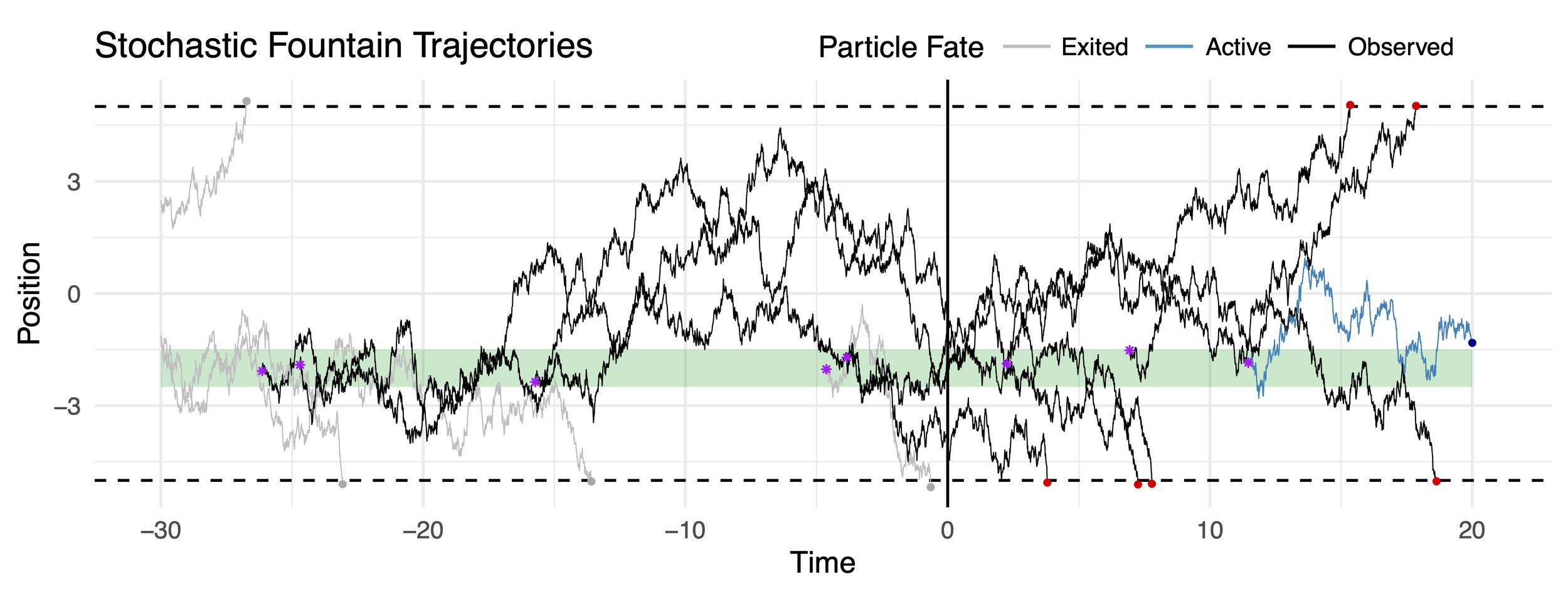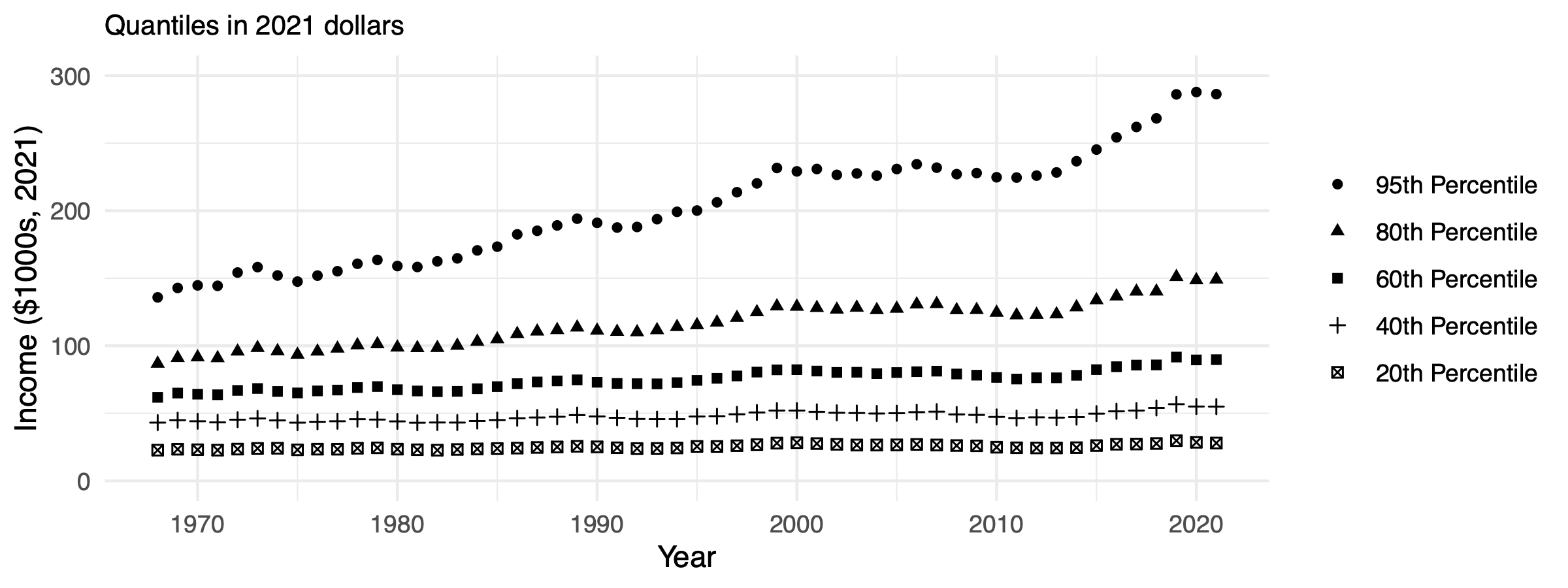
““They want, in short, to extract a logic from chance, which is like saying, blood from stones; and they are convinced they’ll succeed, today or at the latest, tomorrow””
What’s new?
Course Materials and Probability Tools
Microparticle movement in biological fluids
Modeling, theory, and inference driven by experimental observations
-Movement Ecology-
-Coral Ecology-
Sensing and decision-making in movement ecology
If it breathes and it moves, you can be assured that someone, somewhere out there has been tracking that animal and thinking deeply about how it interacts with its environment. Daily movement patterns of animal are quite random and it is tempting to model this behavior with Brownian motion, or simple discrete-time random walks. But these Markovian models ignore that if an animal takes a step in a certain direction, it probably had good reason to do so and it will continue in that direction.
Over the years I have collaborated with a number of ecologists to develop mathematical models that are tractable to analyze, but still respect this most basic fact about animal movement: organism sense their local environment and make decisions based on what is around them.








